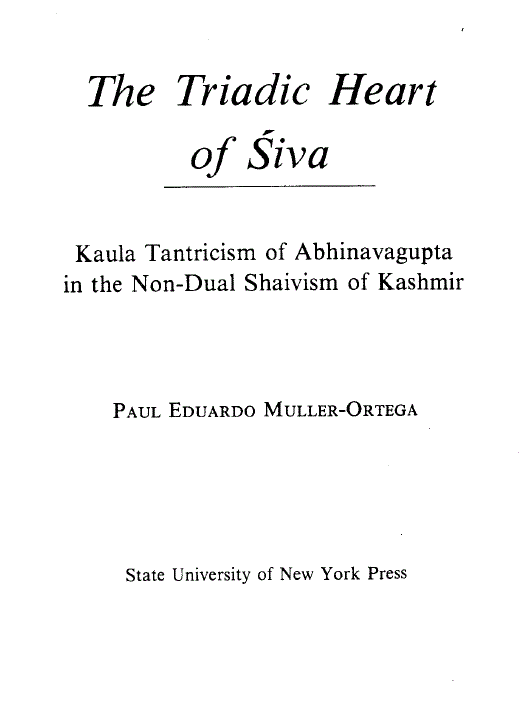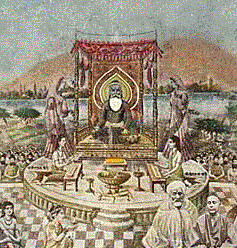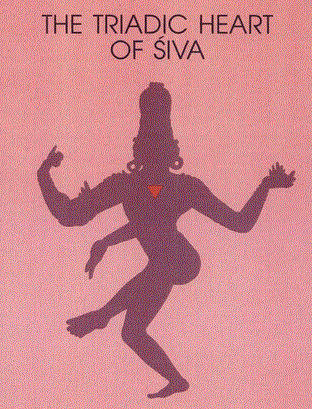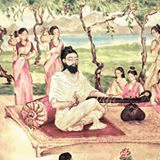

This book explores one of the most explicit and sophisticated theoretical formulations of tantric yoga. It explains Abhinavagupta’s teaching about the nature of ultimate reality, about the methods for experiencing this ultimate reality, and about the nature of the state of realization, a condition of embodied enlightenment. The author uncovers the conceptual matrix surrounding the practices of the Kaula lineage of Kashmir Shaivism.
The primary textual basis for the book is provided by Abhinavagupta’s Paratrisika-laghuvrtti, a short meditation manual that centers on the symbolism of the Heart-mantra, SAUH.
Paul Eduardo Muller-Ortega is Assistant Professor of Religious Studies at Michigan State University.
Paul Muller-Ortega, founder of Blue Throat Yoga, is a renowned scholar of Hindu Tantra and a lifelong meditator. Paul teaches from a place of profound understanding of and direct experience with the pulsation between the practice of meditation and the study of its philosophical and scriptural roots. His life is an expression of the intertwining of these two wings of practice and study: it is from that place that he makes this heartfelt offering.
Abhinava Gupta

Abhinava Gupta, lived from c. 950 to c. 1020 C.E., achieved fame as the foremost adept-philosopher of the Shaiva tradition of Kashmir. We know from Abhinava Gupta himself that his father Narasimha Gupta (or Cukhulaka) taught him grammar. His love of knowledge was unparalleled, and he had numerous teachers in a wide range of subjects, with his principal teacher being Lakshmana Gupta. It was, however, Shâmbhu Nâtha to whom Abhinava Gupta paid tribute for leading him to true Self-realization, or enlightenment.
In his youth, Abhinava Gupta showed all the signs of genius: He learned easily and readily comprehended even difficult philosophical concepts, and his speech was measured and elegant. His intellectual acumen was combined with a rare humility, which prompted his teachers to share all their knowledge with him.
He had numerous teachers and spared no pains to find and serve them as an ideal pupil. He travelled far and wide to gather traditional wisdom, and his travels also led him to Shâmbhu Nâtha in Jâlandhara from whom he received the practices of the Kaula tradition. He successively practiced and contributed to the development of Kashmir Shaivism’s three great schools—Krama, Trika, and Kula. Only in his study and practice of the Kula school did he find fulfillment and inner peace.
Abhinava Gupta is credited with the authorship of some fifty works, the two most important philosophical writings being the above-mentioned Parâtrimshikâ-Vivarana and the voluminous Tantra-Âloka (consisting of twelve volumes in translation). It appears that the many quotations in the Tantra-Âloka were all cited from memory, evincing his extraordinary intellectual talent. The latter work appears to have been written only after Abhinava Gupta had attained enlightenment … In addition to his philosophical discussions, he also contributed to aesthetics, poetics, drama, dance, and linguistics.
Early on, the pânditas and spiritual personages of his time recognized him as the spiritual head of all the Shaiva schools and as an incarnation of Bhairava (Shiva) himself. On the authority of contemporaneous writers whose works have survived, Abhinava Gupta apparently showed all the signs of a fully realized master: He demonstrated unswerving devotion to Shiva; possessed the mantra-siddhi or power of mantras; had control over the elements; was capable of fulfilling any desire; and had spontaneous knowledge of all the scriptures.”
Georg Feuerstein
For more on Abhinava Gupta go to Abhinavagupta.net and

LIST OF ABBREVIATIONS
ACKNOWLEDGMENTS
1. Introduction and Methodological Considerations
2. The Historical Context
3. The Symbol of the Heart in India Prior to Abhinavagupta
4. The Heart as Ultimate Reality
5. The Heart as Embodied Cosmos: Kula
6. The Heart: Vibration and Emissional Power
7. The Heart and Natural Metaphors
8. The Heart as Mantra
9. Conclusion: The Heart Attained
APPENDIX
NOTES
BIBLIOGRAPHY
